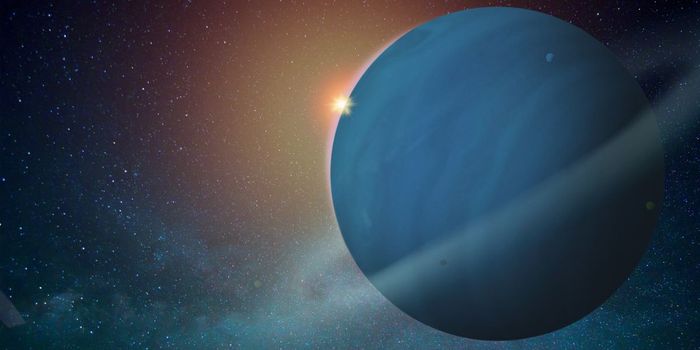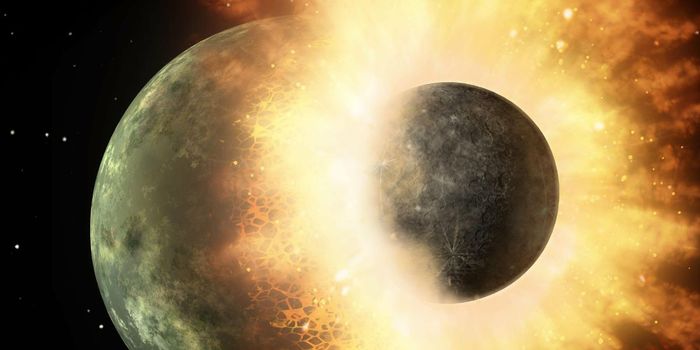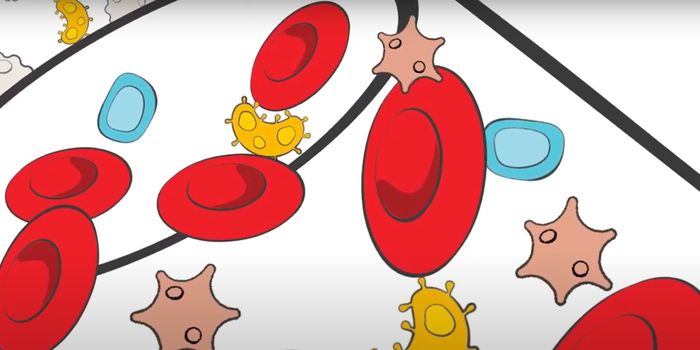Scientists made a startling discovery about our planet in 1974. They found that chemicals common in spray cans, known as chlorofluorocarbons (CFCs), were creating a hole in Earth's precariously thin ozone layer. This news was frightening - scientists had been telling people that the ozone layer is what protects us from the scorching sun's rays. If a hole formed, surely it was only a matter of time before the entire layer was destroyed.
But decades after this landmark discovery, fears have quieted down significantly. Did we manage to "heal" the hole, or did our perceptions just changed? The answer is a little bit of both.
As it turns out, ozone depletion is cyclical - warm temperatures thin the ozone layer while colder temperatures allows the layer to recover. As such, the ozone hole in the Antarctic fluctuates with the season. Furthermore, fear over the ozone depletion prompted a worldwide reform known as the Montreal Protocol, which led to ozone-toxic chemicals like CFCs being phased out of use. While it could take as long as 50 to 100 years to fully get rid of all the CFCs, scientists say the movement has drastically reduced the size of the ozone hole. Furthermore, they expect the hole to be "healed" by 2050. And indeed, people are much more optimistic about this problem now than they were when it was first discovered in the 1970s.








